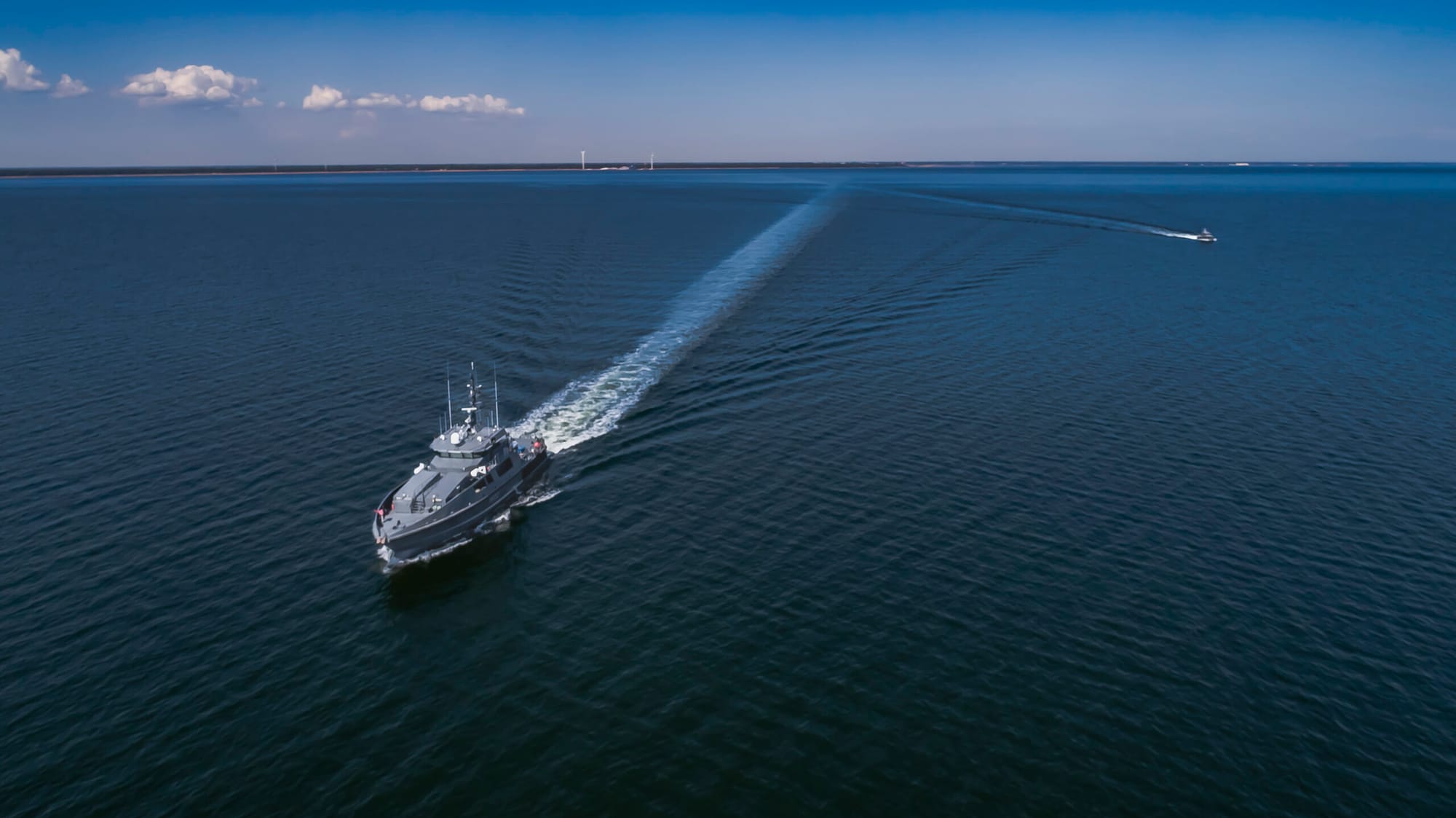NATO’s Edge-Led Deterrence: Estonia Intercepts Tanker Near Russia in Gulf of Finland
On May 14, 2025, Estonia attempted to divert a Gabonese-flagged tanker near Russia’s Primorsk port, prompting a Russian Su-35S response. The incident exemplifies how frontline NATO states are now enforcing deterrence directly—within legal grey zones and without centralized coordination.

A narrow maritime intercept in the Gulf of Finland exemplifies an established pattern: frontline NATO states are operationalizing deterrence directly—testing thresholds, legal boundaries, and alliance dynamics in real time.
Europe’s security architecture is layered, but its outer edge is improvisational, legal-grey, and led by states willing to act first under ambiguity.

Operational Friction in the Gulf of Finland Reflects Broader Regional Hardening.
On 14 May 2025, Estonian naval and air assets attempted to intercept the oil tanker JAGUAR, flagged to Gabon and reportedly en route to Russia’s Primorsk port via international waters in the Gulf of Finland. The operation—conducted by the patrol vessel EML Raju (P6732), an AW139 helicopter, and an M28 Skytruck surveillance aircraft—involved close-range orders for the vessel to alter course. The crew did not comply.
Russian sources claim the incident was neutralized by the appearance of a Su-35S fighter jet, which shadowed the tanker. Polish sources later indicated a MiG-29 fighter from Poland’s Air Force was also airborne in the area, though its mandate remains unconfirmed. No shots were fired, and the tanker continued its transit.
Official Statements:
Estonian Ministry of Defence: Minister Hanno Pevkur confirmed that the JAGUAR was escorted out of Estonia's economic waters to ensure the safety of critical infrastructure, particularly the undersea Estlink power cable. He emphasized that boarding the vessel was deemed disproportionate, and the primary objective was to mitigate any potential threats. (Source: ERR)
Russian Government: While specific statements remain limited, Russian media outlets reported the deployment of a Su-35S fighter jet to provide cover for the JAGUAR, asserting the vessel’s right to free navigation in international waters.
Visual Footage:
Circulating on X:
The clip below, shared by @DD_Geopolitics and reportedly filmed from the bridge of the tanker, shows Estonian naval assets in proximity.
🇷🇺🇪🇪 Estonian Navy Attempts to Intercept Tanker in Baltic Sea
— DD Geopolitics (@DD_Geopolitics) May 14, 2025
Russian sources report that the Estonian Navy tried to intercept the tanker JAGUAR, sailing under the Gabonese flag, as it passed through international waters in the Gulf of Finland en route to the Russian port of… pic.twitter.com/IQtquGdL12
Maritime Confrontation in a Moment of Strategic Consolidation
This episode, while isolated in execution, unfolds amid a regional atmosphere no longer characterized by improvisation but by consolidation. Europe is formalizing its adversarial posture across multiple domains—from Lithuania’s €1 billion mine-belt strategy to the institutionalization of legal deterrents via the Special Tribunal for the Crime of Aggression (statute signed the same day as the intercept). The JAGUAR incident thus materializes against the backdrop of a new European doctrine that treats border and sea space as forward extensions of deterrence infrastructure.
Estonia’s actions align with an increasingly interventionist posture among NATO’s frontline states. These nations are adapting their engagement frameworks to reflect a de facto state of permanent confrontation—a context in which maritime, legal, and informational boundaries are now actively contested.

Legal Grey Zone and Escalation Management
The interception attempt underscores the legal ambiguity of enforcement in international waters near militarized borders. Estonia’s decision to challenge a non-NATO flagged vessel on a direct route to a sanctioned Russian port raises complex questions of maritime enforcement, hybrid deterrence, and alliance signaling. It also reveals a potential gap in pre-coordinated NATO rules of engagement for maritime interception outside territorial seas.
The Russian response, calibrated but immediate, reinforces Moscow’s position that it will safeguard its commercial lifelines—particularly in contested corridors like the Gulf of Finland. The presence of a Polish aircraft, even peripherally, hints at overlapping NATO coordination, or at minimum, proximity surveillance.
Strategic Outlook: Local Flashpoint, Structural Signal
This is not a return to Cold War naval brinkmanship—but something structurally different. The JAGUAR episode marks another entry in the ledger of managed micro-incidents that now characterize the Baltic security space. What once risked escalation is now routine friction—a normalized feature of Europe’s hardened frontier.
Großwald delivers structured intelligence on Europe’s defense architecture—tracking procurement, posture, and platform integration across NATO's eastern front, Germany’s industrial core, and the evolving security perimeter.





